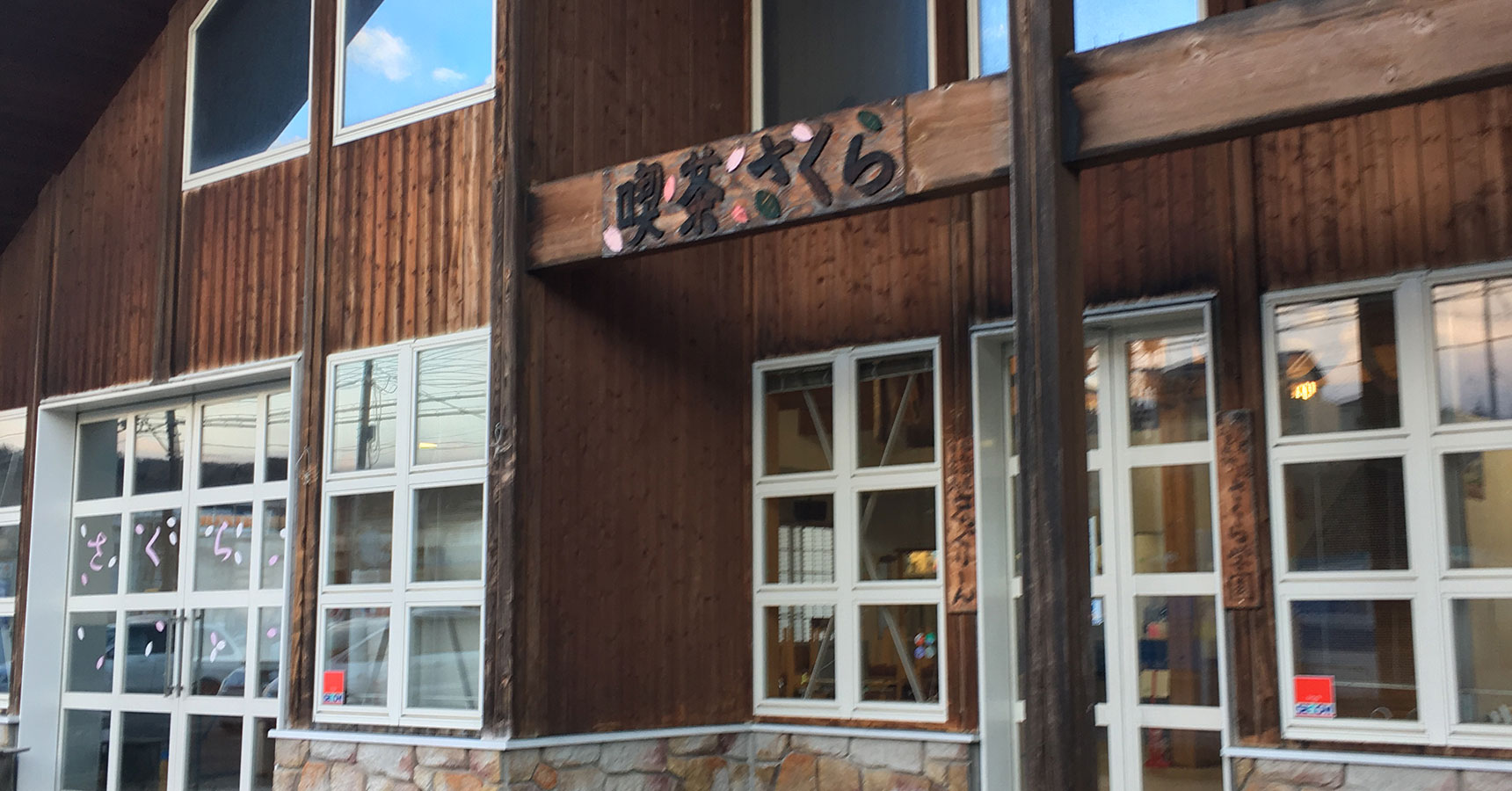
Story: Shima Fukushikai Foundation, Sakura Gakuen Vocational Support Center for the Disabled
Director (at the time of the disaster in 2011): Mr. Atsushi Sano

Story: Shima Fukushikai Foundation, Sakura Gakuen Vocational Support Center for the Disabled
Director (at the time of the disaster in 2011): Mr. Atsushi Sano
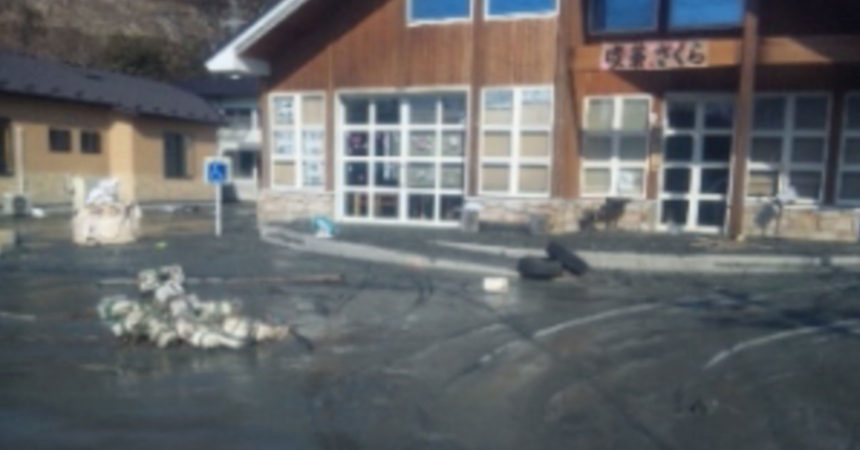
When the earthquake hit, I was at Moshiono Sato, a Shiogama city’s co-living facility for the disabled, which was located next door to Sakura Gakuen. A user there had an epileptic seizure, and I was called and just attending the person. I was in charge of both facilities at the time.
We brought the person to a room with tatami floor mat, laid him down and I was nursing. I couldn’t see how others were doing because the room was a bit separated from other space by a corridor. I imagine people were screaming but the staff was composed and giving directions like “everyone get under the tables!”
As I heard those voices, and as I attended the person laid down with epilepsy, a board for table tennis just next to the person suddenly started to fell over him. I placed one of my hands on the person while put the other to hold the board. I recall shouting and instructing people to go under the tables. Once the tremor stopped, I rushed to Sakura Gakuen to see all the trainees there were ok.
At Sakura Gakuen, everyone including the ones who were working at the workshop were instructed to cover themselves under the tables. I was told that initial sway shook tables so hard that some heavy items fell flying and some people were almost hit by them. I was glad nobody was injured.
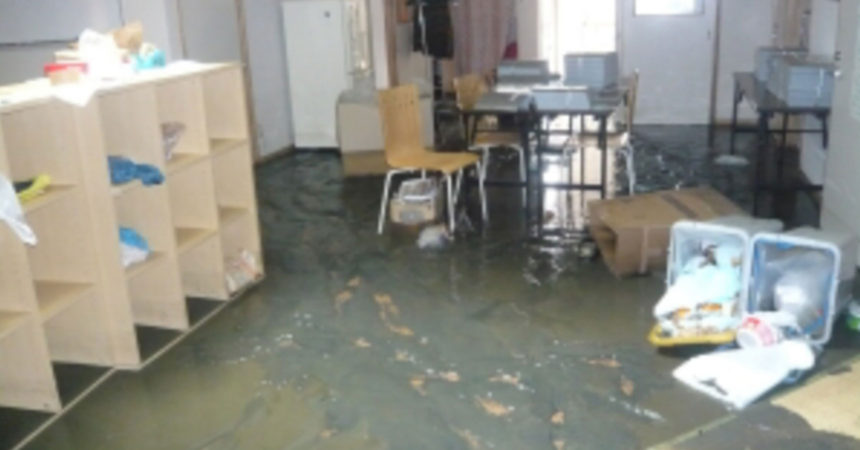
We knew Tsunami warning had been issued as someone turned the radio on.
Then emergency siren went off, and we all thought something serious was happening. Radio announcers were also mentioning the possibility of tsunami. We thought we would better leave the facility because we were located near the coast. There was not much hesitation in deciding to evacuate immediately.
Our evacuation center was Suginoiri elementary school two to three minutes away by car. My thought for these situations had been to bring people up in higher grounds, so the first step was to go diagonally across the street to the premise of a supermarket which was in a bit higher place than ours. There was an access from the shop’s rooftop parking to a road behind it, which was in a higher ground. We decided to bring everyone to the rooftop by shuttling them with our cars.
We asked the one who could walk to do so. We were to shuttle in a couple of rounds those who would need more time to walk there. We were going to abandon the cars if they were caught in heavy traffic, but it was going to be faster while the traffic was not bad. By using office cars and some private cars, we could bring everybody on the roof of the supermarket as our first step.
I was going to take the last car from our facility, and we were going to meet at the rooftop parking. The persons on foot were also going straight up to the parking, if I remember correctly. We were all there in less than half an hour and we needed to decide what to do next. Not all the members were in cars, and it was a very cold day. We thought we’d better seek shelter in a place with a roof and walls. And we knew our assigned evacuation center was the Suginoiri elementary school.
It was about three to four hundred meters to the school from the supermarket on flat road. The ones who were on foot continued to walk and we drove the ones who were in cars. We had no information whether the school would actually accept us or if there were already other people seeking shelter there. We just headed to the school without knowing these things.
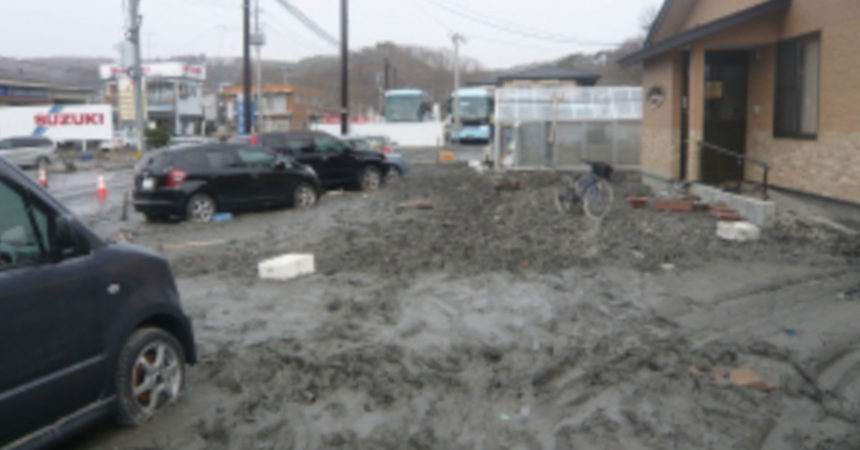
The trainees looked kind of lost not knowing what exactly happened, and as I recall, I was feeling the same. We were all shocked by that huge tremor we had just experienced. We were also worried, I think, about what would happen next.
No one lost control nor scream or things like that. I remember that the ones who were usually kind of frivolous at evacuation drills also listened to staff’s directions carefully. I felt the evacuation process went much more smoothly than I had expected, and it is something I remember well even now.
I guess people understood we were facing a severe situation. We shared a sense that something extraordinary had just happened. Frankly to say however, I was not convinced about the possibility of tsunami at that moment. We evacuated to follow due process. This, I still think, was my lack of awareness toward those incidents.
We had difficulty having contact with trainees’ parents or family members, but tried to phone one by one and as much as we could.
There was one public telephone, a pink one, at the school. It was functioning without any restraints at the beginning. People made a line with ten yen coins in their hands. We did too. I remember that we limited ourselves to make only a few calls at a time not to impede others to make theirs, and then go back to the end of the line again. It was in the late afternoon of the first day.
There were families we couldn’t get hold of. We could with some and couldn’t with others. Some families came to pick the trainees up at the school as they guessed we were taking shelter there. Others went to look for them in other places first and then came to the school. We started handing trainees over to their guardians in the evening of that day as they came to the school.
Users from Moshiono Sato were taking refuge with us too. There were some users at that facility who lived by themselves. We thought some of them, depending on their ability to support themselves, should stay with us longer.
We decided not to send them home until we could get hold of their families. We didn’t know how their houses were like and the situations didn’t allow us to verify the status of their houses one by one. I guess the trainees and users themselves felt like to stay with us because of that very uncertain situation. That evening of the first day, we didn’t go with them to their houses or go out to see the situation of their houses.
We didn’t know at all what was really happening, and no information was available as there was no electricity. We could have stayed in cars and listen to the radio to obtain some information but I guess I was kind of disoriented myself and couldn’t think of those alternatives at that moment, frankly to say.
There was a rumor that tsunami tidal wave had hit, and I was wondering what happened to Sakura Gakuen. I wanted to verify the situation and sent a staff member next morning to a place where he could see the national highway and the area around the facility. When the person came back I asked how the situation was, and was informed that the place is inundated. The support center was totally flooded on those days.
The situation changed slowly. We were informed at an early stage that water was still waist level. At one point it receded to knee level, and then we were told that we would be able to go there in our rubber boots. That was on the second or the third day, and we went inside the facility to check the damages.
At one of Sakura Gakuen’s business partners, people got trapped in flood and couldn’t evacuate. Fortunately, they were all safe escaping to and stayed on the second floor of the company. They were rescued by the Self Defense Force and came to the evacuation center a few days after the earthquake. I was feeling very uneasy until we knew what was happening with them.
We couldn’t just go around. Some areas were even cordoned off by authorities. We could though send some of our trainees back to their family homes from the evacuation center. There were about 30 trainees, probably 40 including the ones from Moshiono Sato. The number went down slowly to about 20 on around the tenth day.
We operated group homes and their residents were with us too. Not all the facilities were damaged by the tsunami but they were cut off from lifeline, and we didn’t have enough staff members to task in different places. We thought it wasn’t a good idea to have our staff scattered in different places. We wouldn’t be able to deal with all the necessities in that situation with limited number of staff members in different places. All the staff was at the evacuation center. Some of them were taking care of the safety of the trainees, users and residents.
Members of our group were worried not to bother each other in one sense, and I believe many of them hold their feelings.
There were situations people looked irritated as we all had to endure very inconvenient life. When we don’t have anything to do, we tend to withdraw and feel irritated.
There was a new initiative at the evacuation center to use water from school’s swimming pool for the bath rooms as we didn’t have water to flush. We relayed water in buckets from the swimming pool to the bath rooms and kept it there for flushing. Relaying water became a routine of life at the center. Our trainees had opportunity moving and using their body in this routine. We volunteered to clean the floor space we were using at the school as well. We wanted to have some kind of assigned tasks to do.
Persons in charge of the evacuation center were very helpful and considerate. While basic rule was for all the evacuees to stay in a gym except for the ones who were certified as being in need of care, we were offered separate room just after one night in the gym. They spared a classroom for us. With about 40 adults lying on the floor, the room was packed and without enough space to walk around. Still, it was really a relief for us. We would have felt much more pressured if we had to be with other evacuees and had to watch our group not to bother others. It was very helpful and we appreciated it very much.
Nothing was easy, but there was no use just us complaining about it, and members of our group bore the hardship without complaining.
As I recall, there were more occasions we were supported and we felt appreciative.
Since Shiogama city was close to a port and there were quite a lot processing plants for sea food, these companies supplied what they had in their refrigerator for evacuees.
This is an example of how different the impacts of the disaster were depending on the characteristics of the area. We heard that in the city of Tagajo people really suffered because of lack of food. We were lucky in a sense that we had some food, though not enough to feel full of course.
The evacuation center was a school, and of course prolonged stay of evacuees in their gym impeded their normal operations. There were a couple of factors that led us to decide to leave the place. One was the fact that we started receiving inquiries about possible dates for our departure. The other was about operational issues of the place.
It was very reasonable and understandable that the place had to be vacated for school kids. New school year was approaching, and in fact they hadn’t had the graduation ceremony yet. Not having graduation ceremony would be an unpleasant memory for kids. We said to each other in our group that we would better leave the place soon.
Still, I could only recall being very much supported there. I am totally grateful to people at the school.
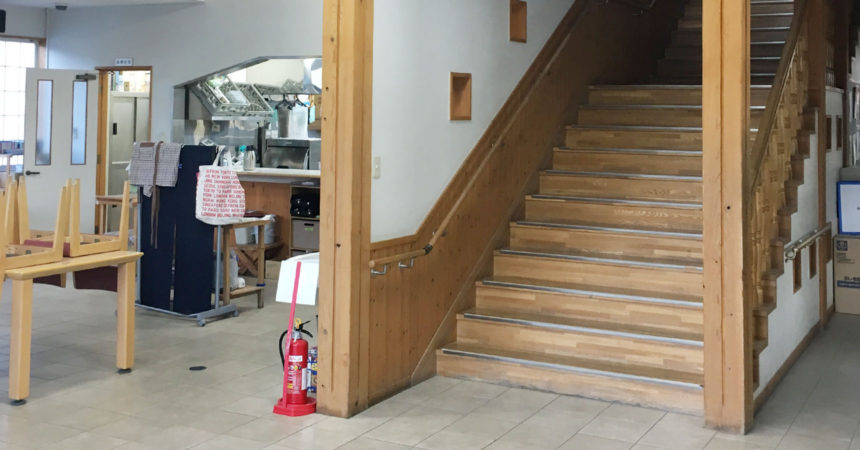
It took us about four weeks to reopen our facility. We had to clean the floor totally covered with black mud brought by the tsunami and that task itself was very hard.
We asked for help from our parent organization and they sent some of the staff members to help us scoop out the mud and then clean the floor with water. We had managed to make the place usable and we were waiting the lifeline services to resume. It was when that strong aftershock hit on the April 7th.
The electricity had just come back but it was cut again. This time, however, services resumed quite quickly. We decided to wait until all the services had resumed before we reopen our facility.
We decided to resume our operation on April 11 and sent the information to our trainees.
Some of the trainees had telephoned us to ask when we would reopen the facility. Some had even visited us. We apologized to them while clearing the mess. Finally, we were able to restart the facility.
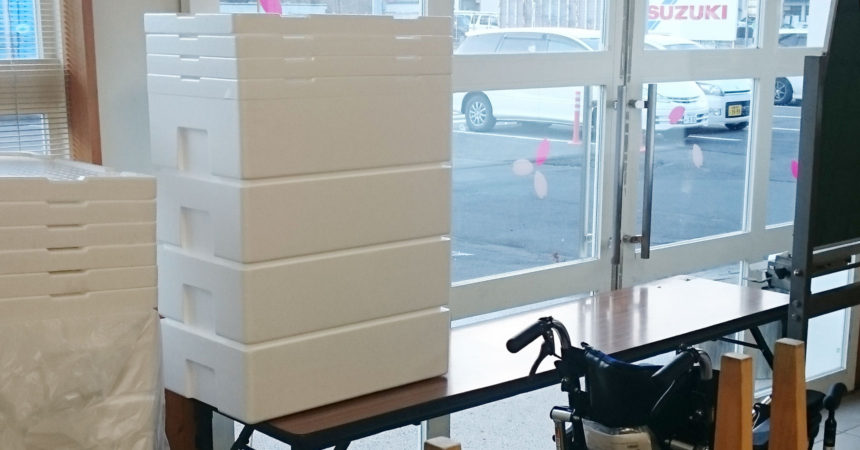
Trainees of Sakura Gakuen didn’t have feelings of crisis that the facility would discontinue, I believe. We hadn’t mentioned about that possibility, and rather, we told them we needed some cleaning before we used the place again.
We didn’t actually take the trainees to see the facility but some of them came by themselves. Some of them even offered help and scooped the mud out. We could strongly feel that the trainees were very eager to have the center open again. However, nobody was worried that our service would discontinue. We still had our building there.
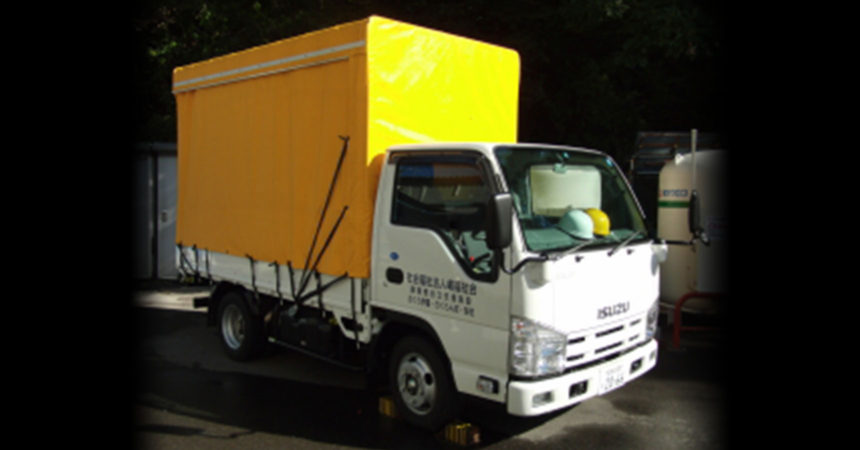
We don’t have much recreational activities with local people. Our connection with them is mostly through our service such as collecting items for recycling.
Most of our collection for recycling is done in the local area. We first leave flyers at each residence to let them know about the collection. The flyer says “Please leave the items at your doorway on the date and time indicated. We will pass by and pick them up.” The population in Shiogama is rapidly aging as well, and even taking a bundle of newspapers to collection points is a hard work for elderlies. They appreciate our service very much and often thank us when we visit and pick the item up.
We greet them too. It is very important that we properly greet people, and we emphasize on this point to our trainees. Furthermore, we have kept our promise of coming to pick things up on the date and time announced. In case we can’t do so, we tell people in advance. As we have fulfilled people’s expectations, the demand has never decreased. Some people start putting items for recycling and then keep putting more in later collections. Some people observe first how things come out. When a block in a neighborhood had ten households and only two of them put recycling items in our first try, for example, we keep leaving flyers and going to pick the things. We will see three households putting items, and then four in the next time. The number gradually increases.
I think local people know well that we have kept our promises and fulfilled our tasks. They trust us and rely on us, so when items are not picked as was promised, some people phone us to complain. We deal with these cases immediately to keep the good relationship we have established with these people. The good relationship we have is a result of all the efforts of staff and the trainees. People have known us for quite long time through our work. People mention our name at all our sister facilities and say “oh, you are a group facility of Sakura Gakuen.”
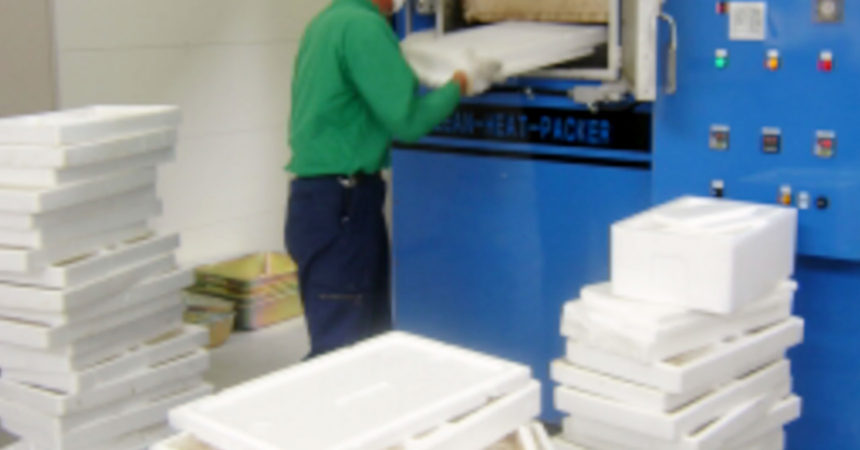
Some of the works we used to do became impossible because of the disaster. These are works that we did outside of the facility. The client companies were also damaged by the disaster.
At the beginning as a vocational support center for the disabled, we collected recyclables little by little from households that offered to collaborate with us, and we walked a long distance between these residences. After the disaster, we made a clear shift in this work. We now involve community organizations for this work and obtained a truck together with this change. Some of the households that we first found as our collaborators were near to other support centers under the same foundation with us, so we handed collection tasks of those households to these sister centers. The volume of collected items decreases at the beginning because of this handover. However, once we start our operations in nearby communities, the volume goes up without fail. So the initial decrease gets compensated in a couple of months. In our new method, we can fill the truck just by moving around in a small area. That was the change.
It was also after the disaster our project for collecting foam polystyrene started. With these two projects we tried to counter the temporal decrease in revenue. They actually did and now they are making more revenue.
We try to make profit so that our trainees can earn more as they work more. We can’t say that we secure their earnings but we have tried to create stable revenue and to keep the level of trainees’ earnings as stable as we could.
Our trainees are like professionals. We try to do what they are good at. At the same time we keep in mind that we need to provide works that everyone can do.
After some time, the atmosphere and work flows became similar to what we had before. Though we lost certain things, not all the work procedures changed. We were doing the same things in slightly different manner or in new applications. So, the trainees didn’t have much problem, and they continued accepting the new environment.
We were supported by those who provided us with works to do.
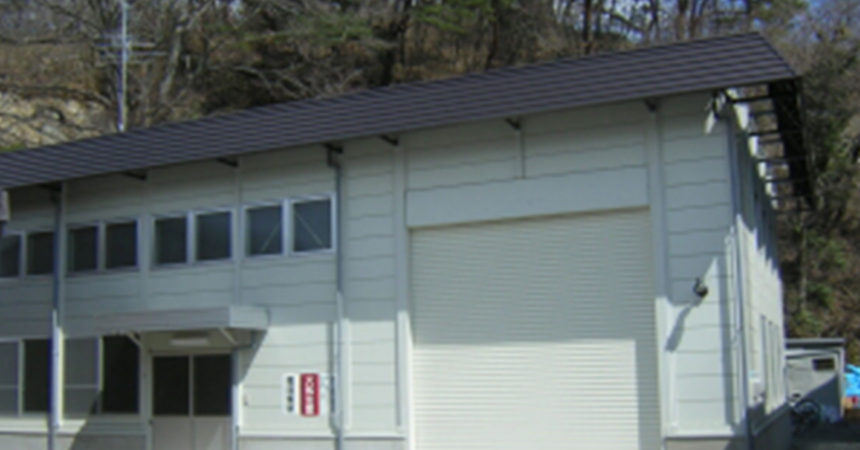
Many of the trainees had been waiting the reopening of the center, I believe. They held back their individual desires and waited patiently. As we had gone through that huge event together, it seemed we had created a kind of comradeship. We endured the same hardship together. I don’t find any big change in the trainees before and after the disaster. They look as they used to be and live without making much fuss. Fortunately, none of them had trauma from the experience. There was no one suddenly suffering from flashbacks or things like that. We were lucky in that sense.
It is said that that earthquake was one which would happen in a thousand years. However, no one should say for sure that we won’t experience it again. As the ones who actually experienced it, we have an obligation to prepare ourselves better for such disasters and we need to build a system to better protect our trainees. Frankly to say, we are not yet totally prepared. It was rather a hard experience, and we need to learn lessons from it I think.
On the other hand, I wonder what it entails to be totally prepared.
At Sakura Gakuen, as it is located very close to the coast, we can’t do anything against the water once things like that disaster happen. Only option will be to escape. In one of our evacuation drills, once a year, we all walk to the elementary school supposing that the situation doesn’t allow us to use our cars. We need to know how far each of the trainees can walk including the ones who are not good walkers.
One of our trainees barely reached the entrance of the supermarket and felt exhausted at the evacuation drill in the first year. The same person could get to the crossing behind the supermarket in the next year, then to the top of a small hill a little further away the following year. And in the fourth year, the person finally walked all the way to the elementary school. We need to know how far each trainee can walk so that we can avoid any accidents by forcing people beyond what they can do.
We won’t be able to know exactly how much preparation is enough but we know the bottom line for survival. We have prepared ourselves for this level in our drills.
There are cases where welfare facilities become evacuation centers but Sakura Gakuen won’t play that role. We may be able to work at evacuation centers where we stay as an ad hoc welfare functions for other evacuees who have disabilities. I heard in a meeting with other welfare organizations that some mothers who had children with disabilities experienced difficulties after the disaster. They wanted to go out from their houses to get some supplies since these items didn’t get to their houses. However, they had to make a long queue to receive these supplies, for example two hours to obtain water. Kids with hyperactivity disorder, for example, wouldn’t be able to be in a line for that long. These mothers said that they would be able to get water or go out to buy things if someone could take care of their kids, I was told at the meeting. I think this is an area we would be able to play a role because welfare facilities are public spaces and social resources.
As for ourselves at Sakura Gakuen, there are discussions whether we need to plan on these issues and go forward to do some activities with local authorities. Some people say it’s rather too much of a work for us. I still believe that personnel at local authorities can keep these possibilities in mind.